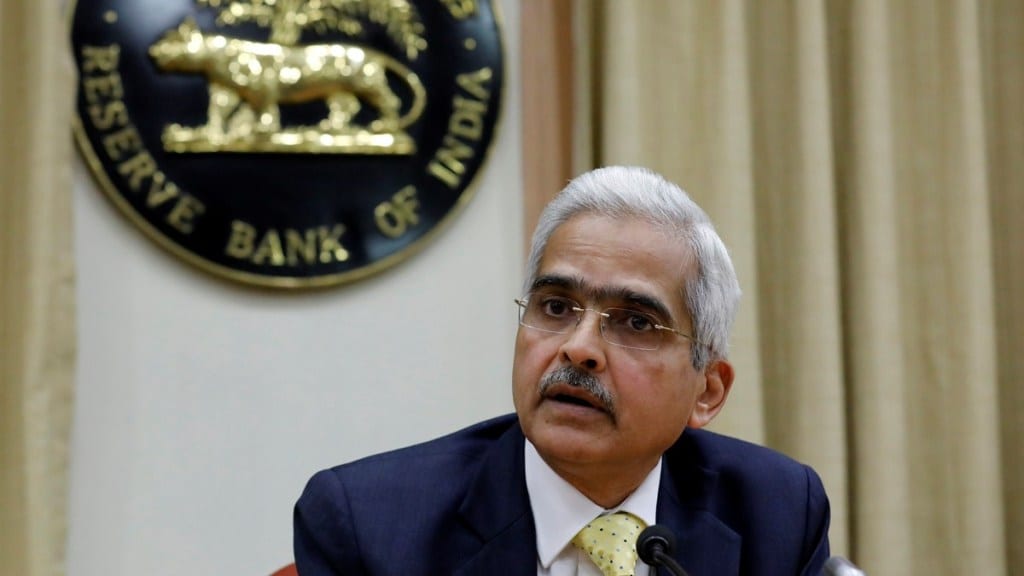The momentum of economic activity witnessed during 2023-24 is expected to continue in the next year (2024-25), said Reserve Bank of India Governor Shaktikanta Das in a statement published in RBI’s February bulletin. “Domestic economic activity remains strong. The first advance estimates (FAE) placed the real gross domestic product (GDP) growth at 7.3 per cent for 2023-24, marking the third successive year of growth above 7 per cent,” he said.
Agricultural activity, he added, is holding up well despite lower rainfall, lower reservoir levels and delayed sowing. Rabi sowing has surpassed last year’s level as well as the normal acreage. The allied sector is also expected to provide major support to agriculture with continued momentum in horticulture and fisheries. Further, industrial activity is gaining steam on the back of improving the performance of manufacturing. The early results of corporates in the manufacturing sector remain upbeat, driven by higher profit margins. The purchasing managers’ index (PMI) for manufacturing is displaying expansion along with strengthening of future activity index. Services sector activity, meanwhile, is expected to remain resilient on the back of strong domestic demand and stable global prospects.
Further, talking about the investment cycle, the RBI governor stated that investment intentions of private corporations remain upbeat and both services and infrastructure firms are optimistic about overall business conditions. With all of these factors in consideration, real GDP growth for 2024-25 is projected at 7.0 per cent with Q1 at 7.2 per cent; Q2 at 6.8 per cent; Q3 at 7.0 per cent; and Q4 at 6.9 per cent. “The risks are evenly balanced,” said the RBI Governor.
Committed to bring down inflation to 4% target, says Shaktikanta Das
Headline inflation moderated to an average of 5.5 per cent during April-December 2023 from 6.7 per cent during 2022-23. Food price inflation, however, continued to impart considerable volatility to the inflation trajectory. In contrast, the deflation in CPI fuel deepened and core inflation (CPI inflation excluding food and fuel) moderated to a four-year low of 3.8 per cent in December. The decline in core inflation continued to be broad based with inflation remaining steady or softening across its constituent groups and sub-groups.
“The inflation trajectory, going forward, would be shaped by the outlook on food inflation, about which there is considerable uncertainty. Adverse weather events remain the primary risk with implications for the rabi crop. Increasing geopolitical tensions are leading to supply chain disruptions and price volatility in key commodities, particularly crude oil. On the positive side, the progress in rabi sowing has been satisfactory and augurs well for the season. Prices of key vegetables, especially onions and tomatoes, are registering seasonal price correction. Taking into account these factors, CPI inflation is projected at 5.4 per cent for the current year (2023-24) with Q4 at 5.0 per cent. Assuming a normal monsoon next year, CPI inflation for 2024-25 is projected at 4.5 per cent with Q1 at 5.0 per cent; Q2 at 4.0 per cent; Q3 at 4.6 per cent; and Q4 at 4.7 per cent,” Shaktikanta Das said in a statement.
He further reiterated that the RBI is committed to bring down inflation to the target of 4 per cent in a timely and sustainable manner.
State of global economy
Per the RBI Bulletin, the global economy continued to present a mixed picture. “On the one hand, the odds of soft-landing have increased with inflation moving closer to the target and growth holding up better than expected in major advanced and emerging market economies. On the other hand, the ongoing wars and conflicts and the emergence of new flashpoints in different parts of the world, with disruptions in the Red Sea being the latest in the series, impart uncertainty to the global macroeconomic outlook. In this unsettled global environment, the Indian economy has performed remarkably well in recent years,” the RBI Governor said.
Global growth, per the findings, is expected to remain steady in 2024 with heterogeneity across regions. Though global trade momentum remains weak, it is exhibiting signs of recovery and is likely to grow faster in 2024.

